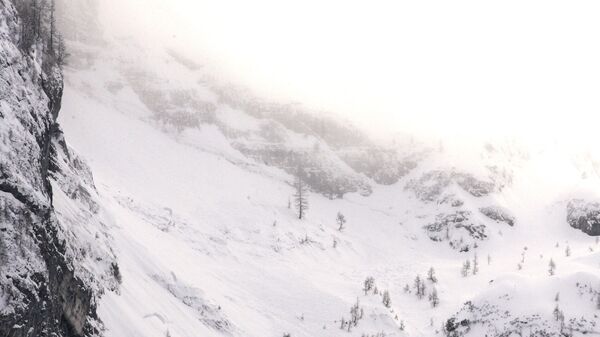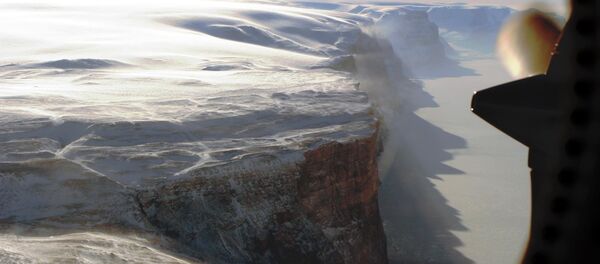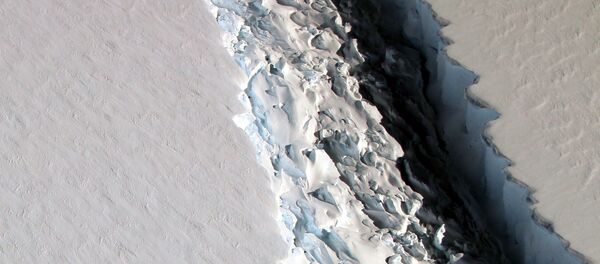The team from the Austrian Alpine Association (ÖAV) found that the average Alpine glacier receded 46.6 feet in 2016. Ten of them receded by more than 100 feet, and the Hornkees Glacier in western Austria receded by 213 feet. They published their findings earlier in April.
The melting would have been even worse had a layer of spring snow not formed a reflective layer over most of the glaciers. 2015 was a worse year for glacier retreat than 2016, according to ÖAV.
The glaciers are becoming thinner as well as shorter, according to Austria's Institute for Meteorology and Geodynamics (ZAMG). The shrinkage of the glaciers is so severe that it can be visibly observed without the use of instruments.
"It's so tangible. You can see the changes from year to year, even month to month, every time you visit the glacier," said ZAMG glaciologist Anton Neureiter to German public broadcaster Deutsche Welle. "This glacier is dying. It's falling apart."
Austria isn't special — according to the World Glacier Monitoring Service, they're about average in glacier loss. In the last hundred years, the Alpine glaciers have lost half of their volume. Worse, that trend shows no signs of slowing, and climatologists believe that the vast majority of the remaining glaciers are doomed to vanish by the end of this century.
Even if greenhouse gas emissions were cut to zero tomorrow, there is enough CO2 in the atmosphere to warm the Alps and melt close to all of the ice, according to climate physicist Carl-Friedrich Schleussner with the nonprofit Climate Analytics.
A few chunks of ice will remain in the shady crags of Europe's most impressive mountain range, but the glaciers' fate has been sealed. Schleussner also added that it will likely be too warm for any new glaciers to form for at least a few centuries.
The US Geological Survey (USGS) reports that 68.7 percent of Earth's freshwater is currently frozen in glaciers and icecaps, with rivers, lakes, underground reserves, and plants making up the remaining 31.3 percent. Should the non-polar glaciers all melt, sea levels would rise by one or two feet. This would affect hundreds of millions of people in low-lying and coastal regions. In the short term, glacier melting can cause flooding and rockslides.






